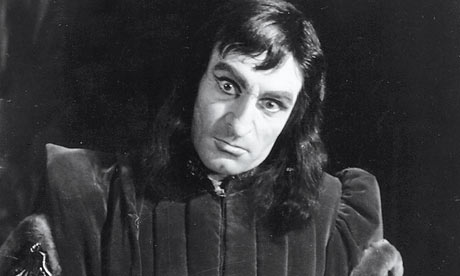The Daughter of Time, written by Josephine Tey, is Tey’s explanation of how to do history and historical research, as well as the problems faced by historians. The protagonist, Alan, endeavors to solve the mystery of Richard III’s death and the murder of his two nephews. Throughout the book Tey utilizes Alan’s profession as a policeman at Scotland Yard to illustrate the process of historical research through the lens of a detective’s investigative process. Initially Alan acquires a portrait of Richard III and it was interesting to read the characters variety of actions and perceptions of the man in the portrait prior to their knowledge of it being Richard III. The characters would describe the figure as being afflicted by “poliomyelitis” or a liver condition but upon learning it was Richard III they would describe the painting as a “portrait of a murderer”. Relating to our discussion of how to do history, it is interesting to see how preconceived notions can affect a person’s opinion or retelling of a historical event.
Initially Alan consults high school textbooks and contemporary accounts concerning Richard III and his nephews. One of the books was written by John Morton, a “trusted” historian of Richard’s life, who declared Richard was a calculating murderer whose sole concern was his throne. After learning more about John Morton, Alan discovers Morton was Henry VII’s(the ruler who succeeded Richard) Archbishop of Canterbury and an enemy of Richard III’s who had plotted an uprising against him. Morton also stood to gain through propagating the story in order to help legitimize Henry VII as the new ruler, and therefore increase his own chances of social mobility. Therefore Alan discovers that while doing history it is important to consider who the writer is and the possible biases which could affect their narration of events.
As Alan progresses in his research he rejects all “accounts” of the events written during the reign of Henry VII and the writings of any historians of the time given the bias he had already encountered with his prior sources. Alan moves on to primary sources from the time of Richard III which included personal letters and Parliamentary reports. From the new sources he encountered, which were less likely to have politically motivated bias, Alan sees a kinder and more caring side of Richard III, as well as the fallacies within the “history” of the murders of the two princes by the orders of Richard III.

